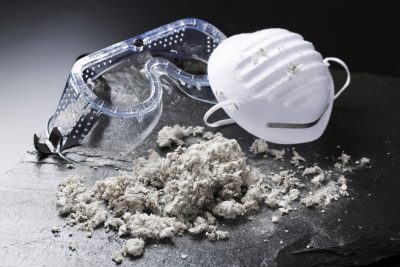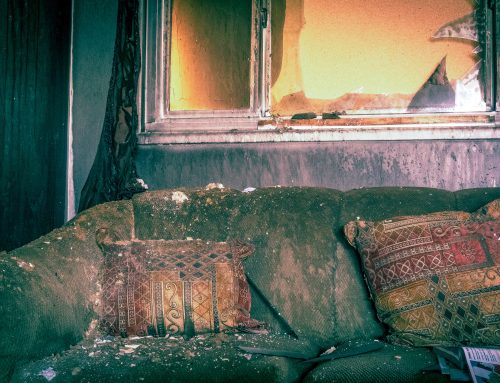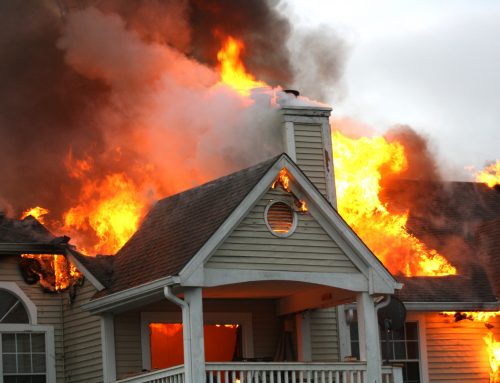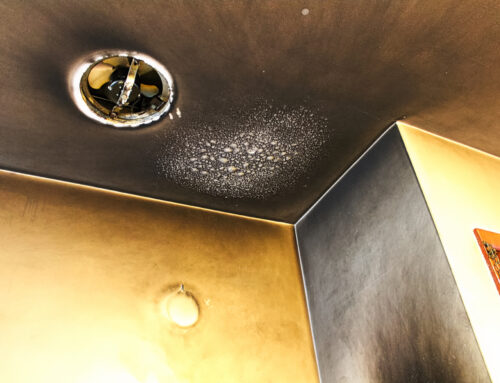
Asbestos is useful, yet dangerous. It can resist fires and insulate materials. It can also cause cancers.
125 million people all around the world get exposed to asbestos in the workplace. Not all of them develop diseases. But lung cancer and mesothelioma can crop up decades later, reducing a person’s mobility and life expectancy.
Millions more get exposed to asbestos in the home. Despite the risks, few people practice asbestos abatement. Know how to find asbestos, and you can avoid the risks today.
Here is a quick guide.
The Risk of Asbestos in the Home
Asbestos is a mineral fiber. In the 1970s and 1980s, scientists found that asbestos was a carcinogen.
The use of asbestos declined significantly, though some products still use asbestos today. These products include brake pads, flooring, and fertilizer. Manufacturers plaster these products with labels showing they have asbestos, so you can avoid them.
But many products that have asbestos were not removed from homes. If you have a home that was built and/or renovated before the 1970s, there will be an asbestos product in your home.
Asbestos becomes dangerous when it is airborne. If a product containing asbestos breaks, asbestos can release into the air. Fibers can drift into the lungs and cause damage.
Fires can release asbestos. Since asbestos is flame-retardant, a fire cannot destroy it.
It can hang in the air or lie on belongings. When first responders arrive, they can breathe the asbestos in, causing them to get sick.
Eating or drinking asbestos is not common. Breathing in asbestos is how asbestos gets people sick.
Where to Find Asbestos
Many objects in homes have asbestos. The most common objects are insulation, flooring, and roofing materials. You may have no asbestos in your common areas, but you probably do in your attic and basement.
Cement sheeting and paper insulation tend to have the highest amounts of asbestos. Furnaces and wood-burning stoves incorporate both of these kinds of insulation.
Furnace ducts and steam pipes may have asbestos blankets. Paper tape that binds pipes and plates together may have asbestos fibers.
Asbestos features in many flooring products. Resilient floor tiles and adhesives can have large amounts of asbestos. Scraping against the tiles can cause an asbestos release, especially during tile removal.
Patches in ceilings and roofs contain asbestos fibers. Though patches are designed to resist tears, they can tear with excessive rain or ice buildup.
Shingles and siding can also contain asbestos, though they don’t release asbestos very often. Less common products with asbestos include soundproofing and door gaskets.
Not all products in these categories contain asbestos. You cannot tell if they contain asbestos by looking or touching them. But you should act as if they do have it.
How to Check for Asbestos in the Home
Before checking for asbestos, get prepared for it. Wear a respirator that covers your nose and mouth. Wear eye protection that encloses your upper face.
Wear a hazmat suit that you can dispose of after checking. Remove valuable objects from your rooms and set them aside so you can clean them.
Check every room of your house for tears or abrasions. If you notice them on the floors or insulation, seal off the area and contact a professional.
Inspect the wiring in your walls. A faulty wire can cause a fire that releases asbestos into the air. Some wiring may have asbestos insulation, so be careful when looking at your wires.
If you suspect that an object has asbestos, you can send it to a laboratory. Laboratories can conduct a Polarized Light Microscopy test. This test shines light onto the fibers, allowing scientists to determine what they are.
What to Do Next
If a lab detects asbestos in your home, you should not remove that material. Even if you adopt proper safety measures, you risk spreading the asbestos further. Fibers can slip into cracks or drift into another room, making you sick at a later date.
Call a professional who specializes in asbestos abatement. They can run tests confirming if your material has asbestos.
Professionals will isolate that area of your home. They attach a HEPA unit, which contains filters that trap very small particles. They then set up a decontamination unit outside, cleaning objects so they don’t carry asbestos back into the home.
During the process, the professionals keep the asbestos wet. They carry the asbestos from the home and then sample the air to ensure that the fibers are removed.
While the abatement process is ongoing, you need to avoid the room as much as possible. Tell your service if you feel that asbestos has contaminated other objects.
If you feel multiple rooms have been contaminated, you can get all rooms clean. Talk to your service about where you have found asbestos. Leave your house if you feel uncomfortable with the asbestos levels.
After asbestos has been removed, replace the objects with non-asbestos products. Seal holes in your wall, ceilings, and flooring. Add filters to your ventilation system that can catch very small fibers in the air.
Defeat Asbestos Exposure in the Home
Asbestos is a major threat to your health. Many people know of asbestos exposure in the workplace, but asbestos in the home is just as common.
Nearly every home renovated before the 1980s has asbestos products in them. Products can break or burn, releasing fibers into the air.
Wear protective gear before investigating your home. Conduct scientific tests on objects to confirm if they have asbestos or not. Hire an abatement service and avoid areas with asbestos exposure.
Get a team of experts who can keep you safe. Pro Services has more than 25 years of experience in asbestos abatement. Contact us today, or call us at 877-233-4793.





